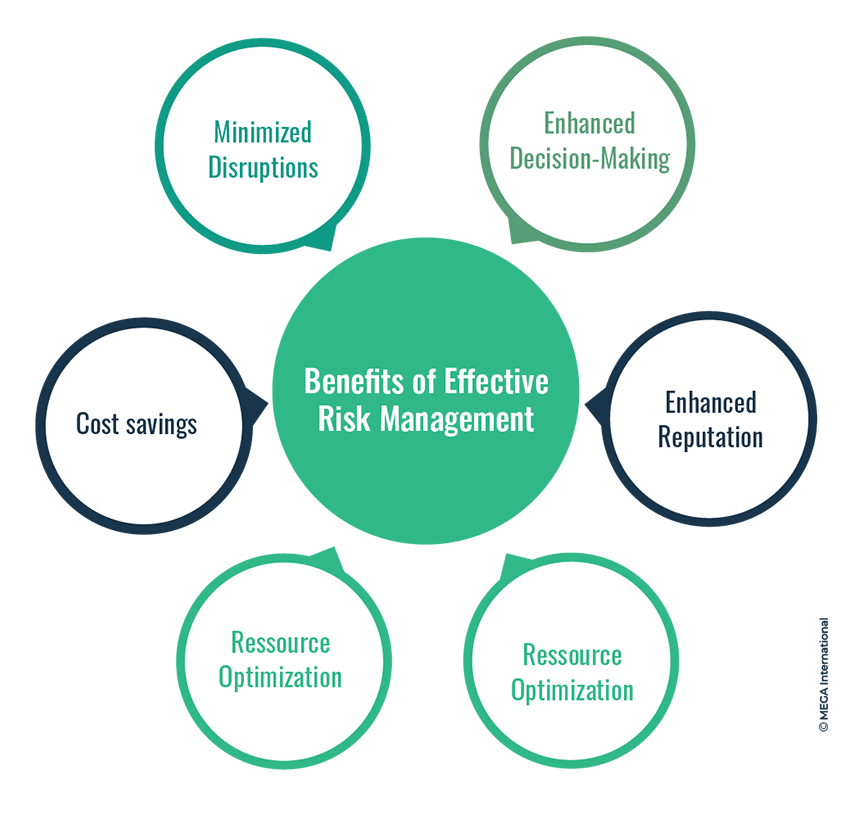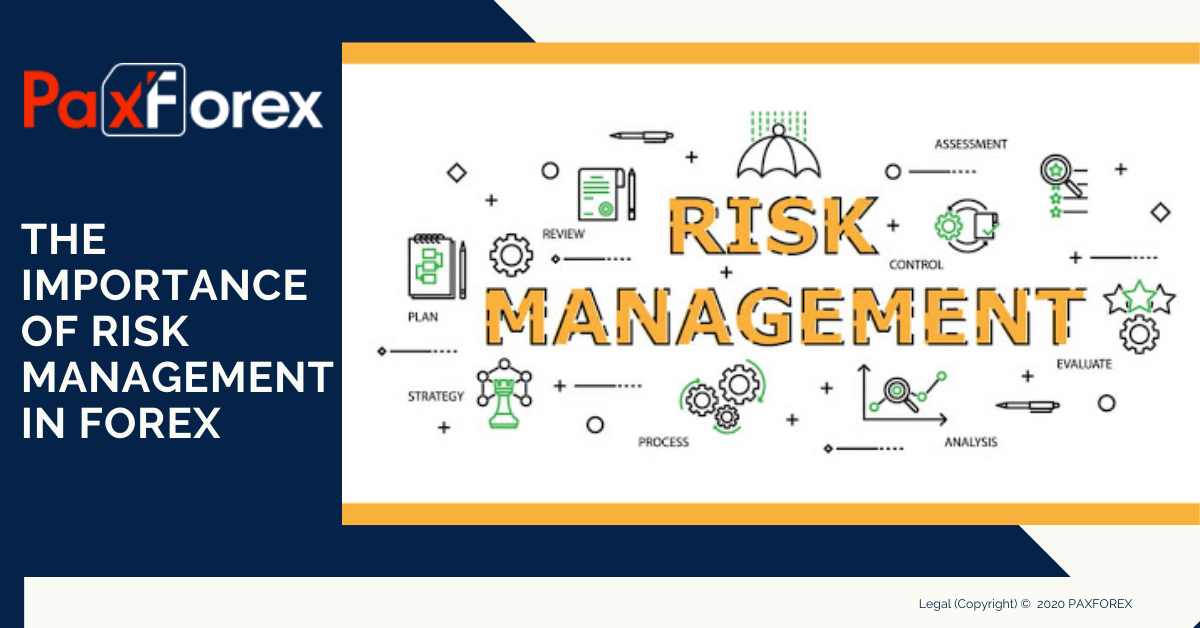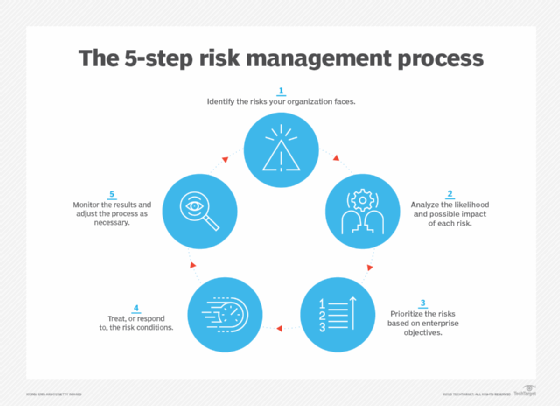Understanding the Value of Risk Management in Contemporary Business Practices
Understanding the Value of Risk Management in Contemporary Business Practices
Blog Article
The Relevance of Understanding the Value of Risk Management in Numerous Industries

The Core Principle of Risk Management and Its Function
Risk Management, the cornerstone of several sectors, pivots on the recognition, assessment, and mitigation of unpredictabilities in a service environment. By appropriately identifying possible risks, companies can create techniques to either avoid these risks from happening or reduce their impact. Once risks have actually been determined and examined, the reduction procedure includes designing techniques to reduce their prospective impact.
Benefits of Executing Risk Management in Business Workflow

Unveiling the Function of Risk Management in Different Industries
While every industry challenges its unique set of threats, the application of Risk Management techniques stays an usual denominator in their quest of sustainability and development. In the healthcare field, Risk Management entails guaranteeing person safety and security and data protection, while in money, it entails mitigating financial investment dangers and guaranteeing regulative compliance. Ultimately, the duty of Risk Management throughout markets is to recognize, analyze, and alleviate dangers.
Real-life Case Researches Showing Successful Risk Management
To comprehend the significance of Risk Management in these numerous sectors, one can aim to several real-life instances that show the effective application navigate to these guys of these procedures. In the power market, British Petroleum created Risk mitigation plans post the 2010 Gulf of Mexico oil spill. They carried out far better safety and security procedures and more stringent policies which significantly lowered further crashes. Similarly, in money, Goldman Sachs efficiently navigated the 2008 economic situation by identifying prospective mortgage-backed safety and securities dangers early. Finally, Toyota, upload the 2011 earthquake in Japan, revised its supply chain Management to minimize disruption dangers. These cases show how industries, gaining from crises, effectively used Risk Management approaches to lower future threats.
Future Trends and Growths in Risk Management Strategies
Cybersecurity, once a peripheral issue, has catapulted to the forefront of Risk Management, with strategies focusing on feedback, avoidance, and detection. The combination of ESG (Environmental, Social, Governance) variables right into Risk Management is one more growing trend, mirroring the enhancing acknowledgment of the duty that environmental and social threats play in business sustainability. Thus, the future of Risk Management lies in the combination of advanced modern technology, ingenious approaches, and an alternative approach.
Final thought
In final thought, recognizing the relevance of Risk Management site here across a spectrum of industries is vital for their long life and prosperity. Ultimately, effective Risk Management adds to more resilient and sustainable companies, highlighting the value of this practice in today's vibrant and highly competitive company setting.
While every industry confronts its one-of-a-kind set of threats, the execution of Risk Management strategies remains an usual in their quest of sustainability and growth. In the health care sector, Risk Management requires making certain patient safety helpful resources and information defense, while in financing, it includes mitigating financial investment risks and ensuring governing conformity. Eventually, the role of Risk Management throughout industries is to recognize, analyze, and minimize dangers. These cases show exactly how industries, finding out from dilemmas, successfully applied Risk Management techniques to minimize future threats.

Report this page